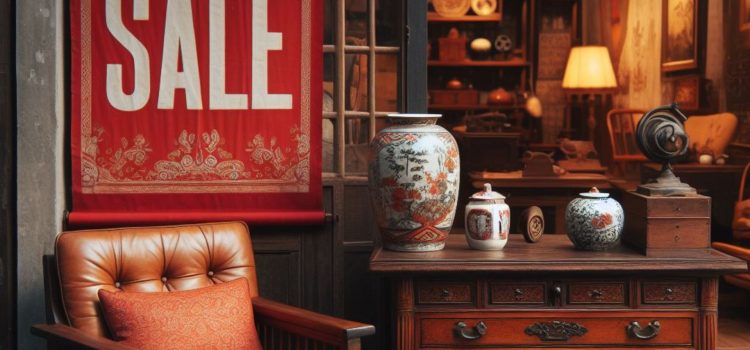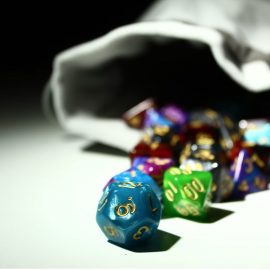
What’s considered a high-quality product? What are three traits every good product must have?
A crucial part of Patagonia’s mission is to make the best product possible. This means creating a product that’s functional, durable, and repairable.
Dive deeper into the principles of a high-quality product, according to Patagonia’s founder Yvon Chouinard.
What Makes a Product High-Quality?
One of the core tenets of Patagonia’s business philosophy is to design high-quality products that are built to last. Chouinard argues that one of the major reasons for the environmental crisis is that people buy too many products and consume too many resources. Quality products lead to less waste and less consumption compared with cheap products that are quickly discarded, so by creating products that last longer, Patagonia hopes to combat this wasteful consumption.
(Shortform note: A culture of mass consumption not only harms the environment, but it also exacerbates the difficulties faced by people who are less privileged. In Poverty By America, Matthew Desmond argues that consumerism indirectly fuels poverty. This is because the workers laboring to meet the ever-higher demand for cheap goods and rapid deliveries are frequently underpaid and exploited. Thus, reducing consumption and making mindful purchases can mitigate both environmental harm and the perpetuation of poverty.)
According to Chouinard, a high-quality product is:
1. Functional. Patagonia designs its products to be as simple, practical, and multifunctional as possible. Each product begins with a function in mind—such as clothing to keep wearers warm and dry. This way, the company avoids adding unnecessary features that would complicate the products and waste resources.
(Shortform note: In The Design of Everyday Things, Don Norman refers to the tendency to add more features to a well-designed product as “featuritis.” He writes that product developers fall prey to featuritis for several reasons: They want to satisfy existing customers’ desires for new features, keep pace with competitors, or entice customers to upgrade. Norman argues that adding more features often degrades the overall quality of the product, and he suggests companies focus on developing the strengths of their products rather than adding new features.)
2. Durable. Chouinard explains that the weakest component of a product determines its lifespan. For example, a jacket may have a sturdy fabric, but if the zipper is of poor quality, the jacket won’t be usable for long. With this in mind, Patagonia conducts rigorous tests on every part of a product to make sure that they all have the same durability. Their products last longer as a whole and make the most of the resources required to produce them.
(Shortform note: Some manufacturers deliberately design products to break down or grow out of date within a certain time period—a strategy called planned obsolescence. The logic behind this strategy is that it creates a consumption cycle, guaranteeing that customers will come back and purchase replacements in the future. For example, people regularly replace their smartphones as components built to last only a few years wear down over time or become incompatible with new software. While beneficial from a business standpoint, this perpetuates consumerism, wastes resources, and harms the environment.)
3. Repairable. To minimize waste, Patagonia encourages its customers to repair worn products instead of throwing them away. They support this initiative through programs like Worn Wear, which allow customers to trade in used Patagonia clothing, and they also provide resources for people to repair their gear.
(Shortform note: Patagonia’s eco-driven approach stands in stark contrast to fast fashion—a business model that focuses on rapidly producing stylish, low-priced clothing. Research shows that, in 2014, people purchased 60% more clothing than they did 15 years prior, yet they keep each clothing item for only half as long. In fact, many consumers discard their cheapest garments after only seven or eight wears. Experts suggest that fast fashion remains popular because consumers are either unaware or overlook the environmental impact. Because of this, companies like Patagonia, by implementing sustainable practices, have the potential to usher in key transformations in the fashion industry.)






